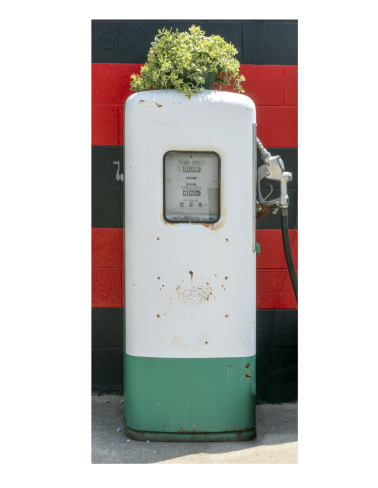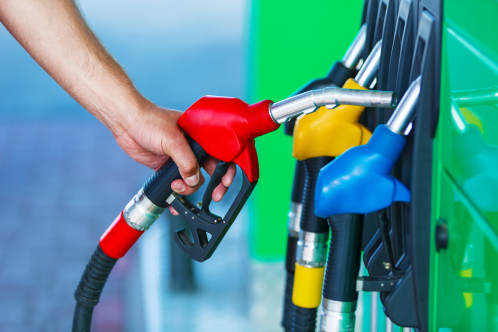Properties and toxicological effect:
Petrol (also known as gasoline) is harmful to health, highly flammable and environmentally hazardous. It may contain benzene – a carcinogenic substance which we are also exposed to in cigarette smoke. Benzene can be absorbed readily via the skin and lungs.
Petrol has a low viscosity and is highly volatile. This means it is an extremely thin fluid and evaporates easily. These properties make it extremely easy for this fluid to reach the trachea upon swallowing and thereby reach the respiratory tract (aspiration), potentially causing acute coughing and/or respiratory distress. This can lead to chemical pneumonitis (aspiration pneumonia).




